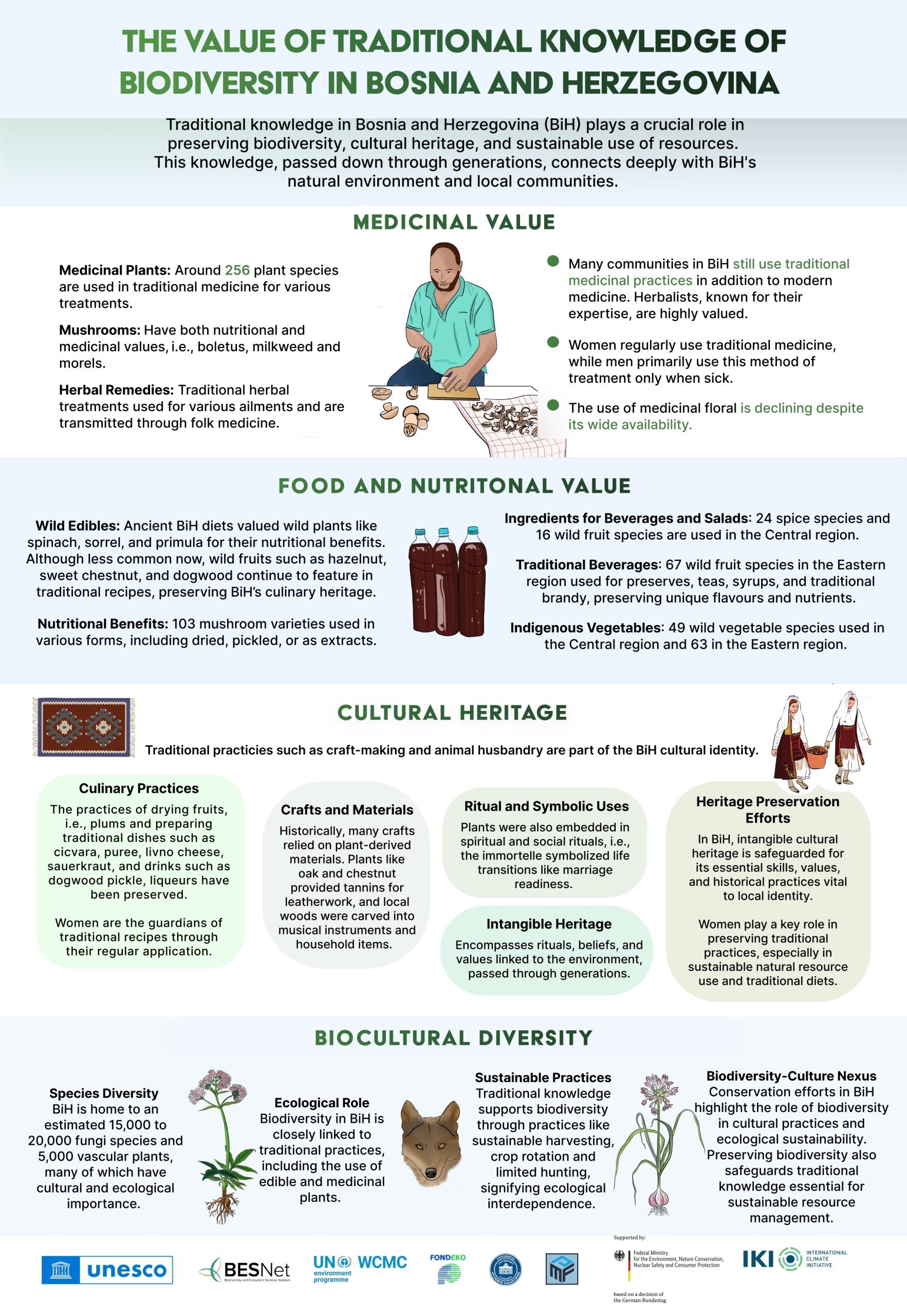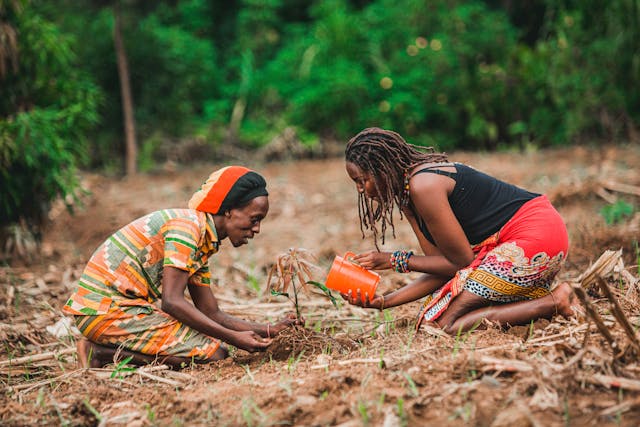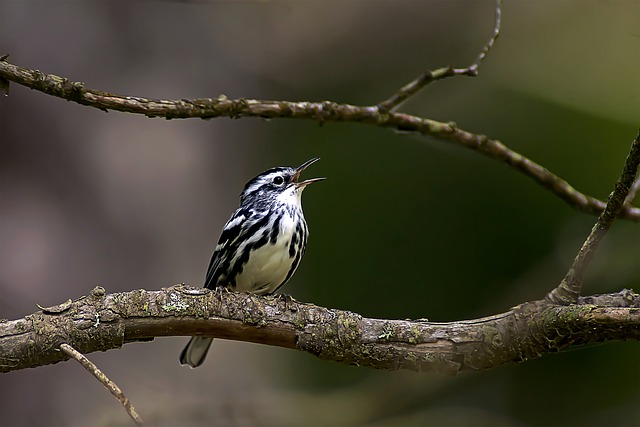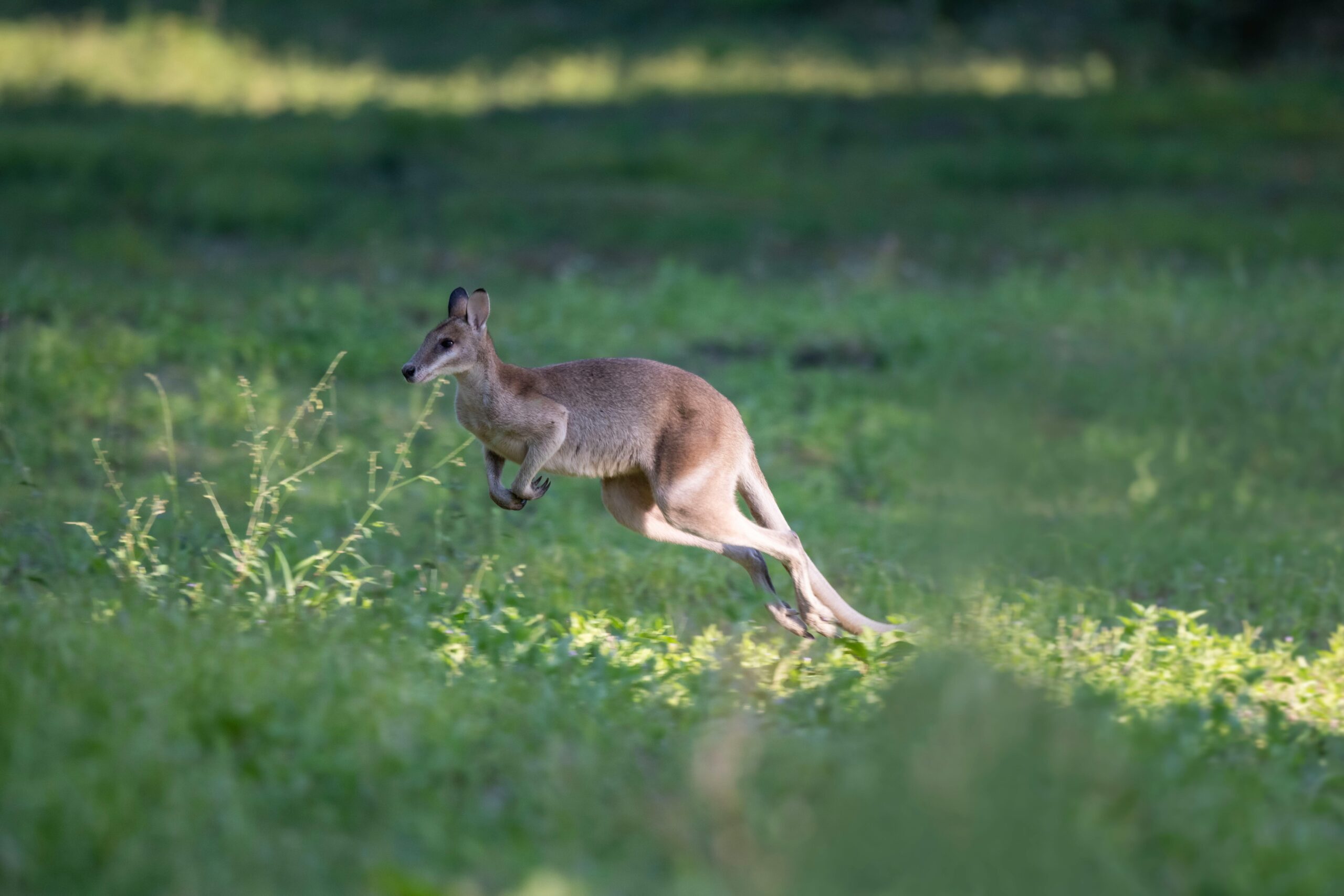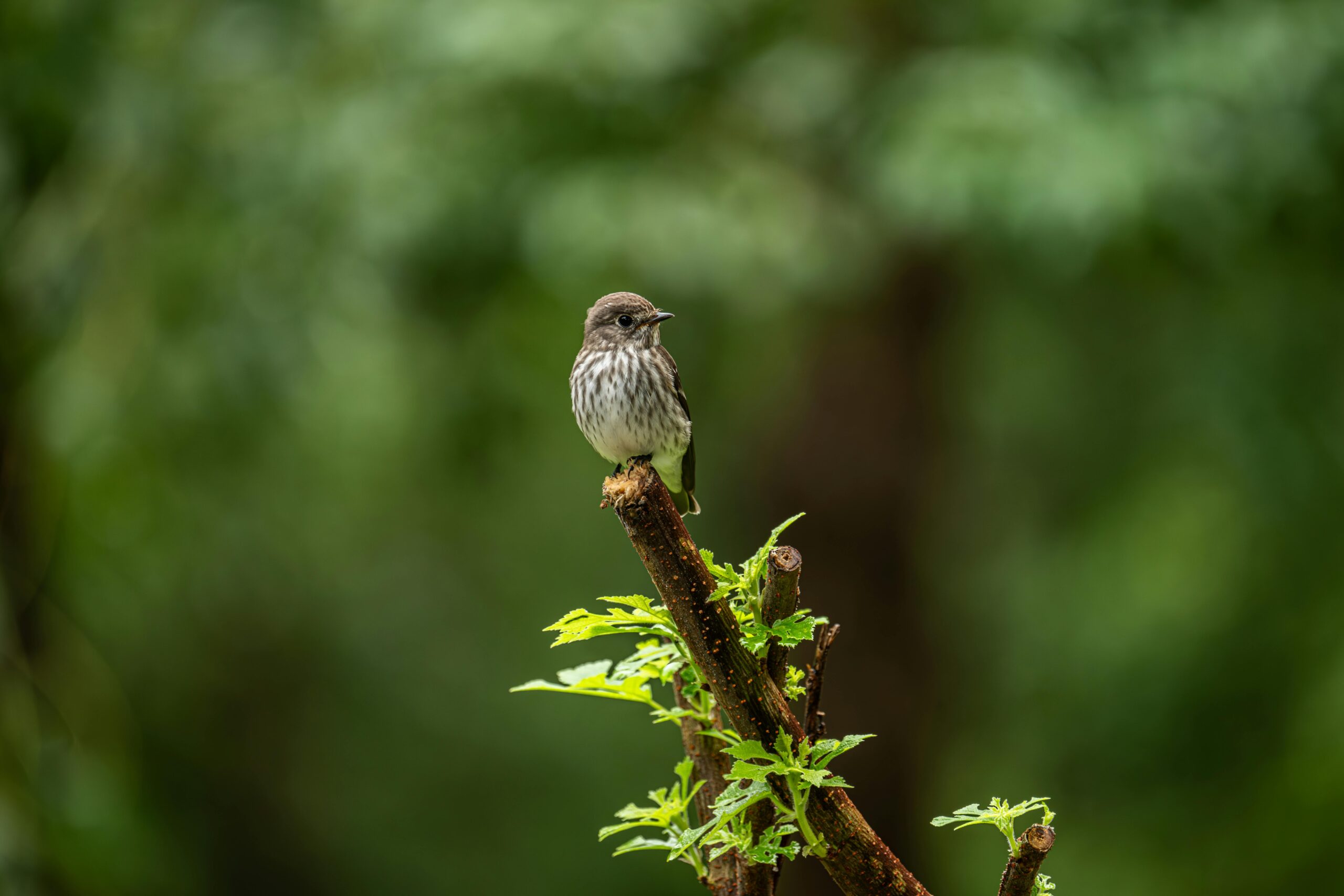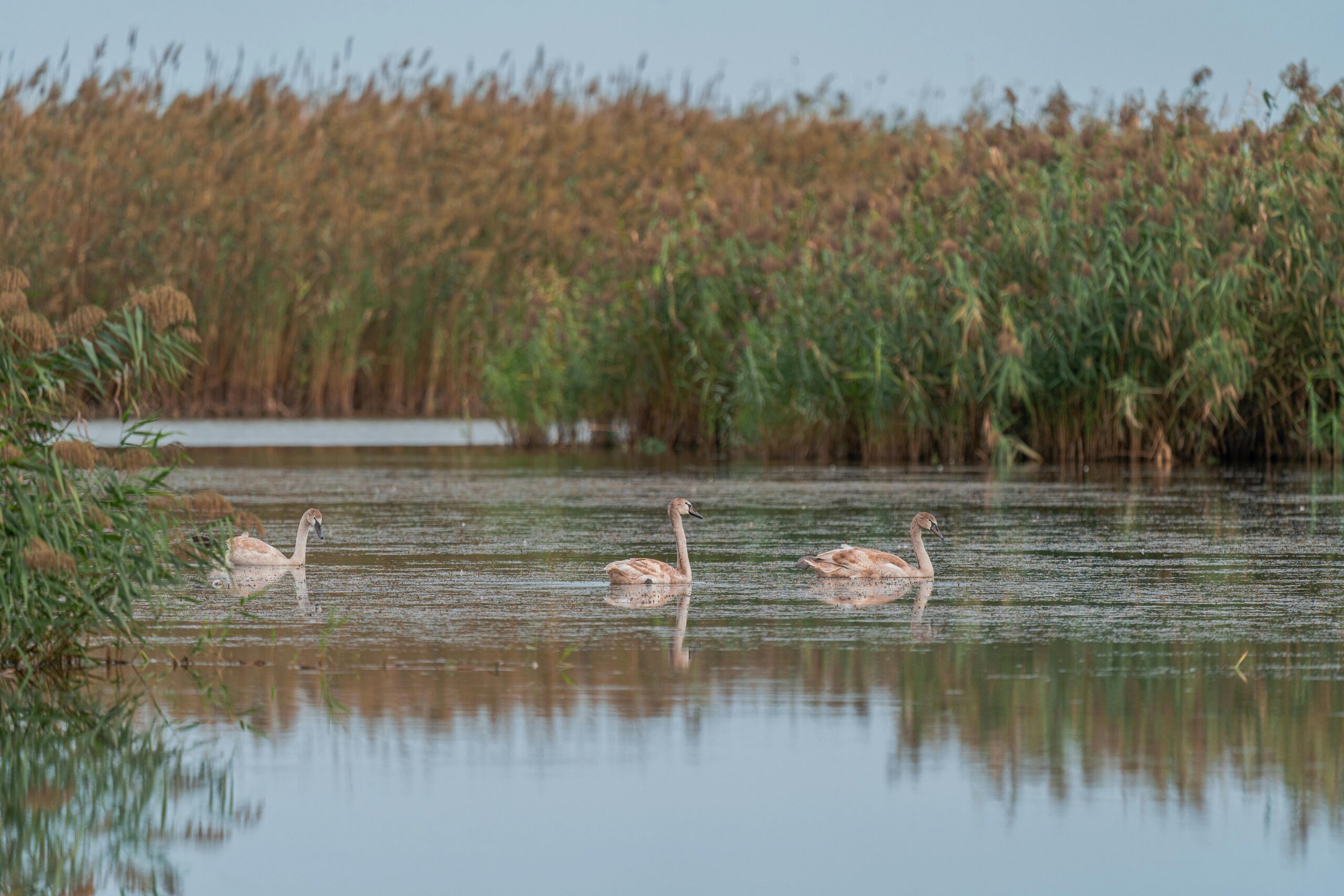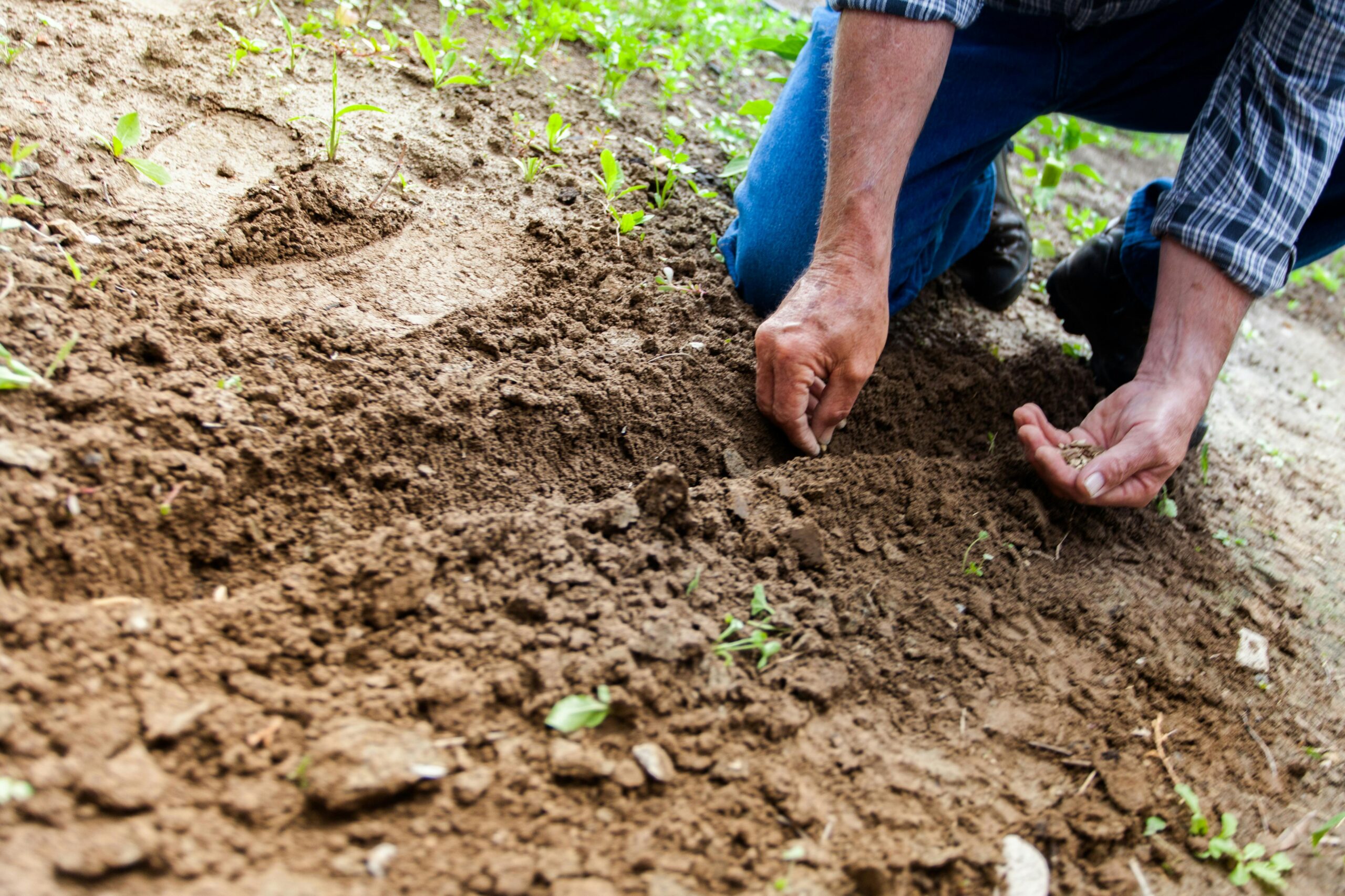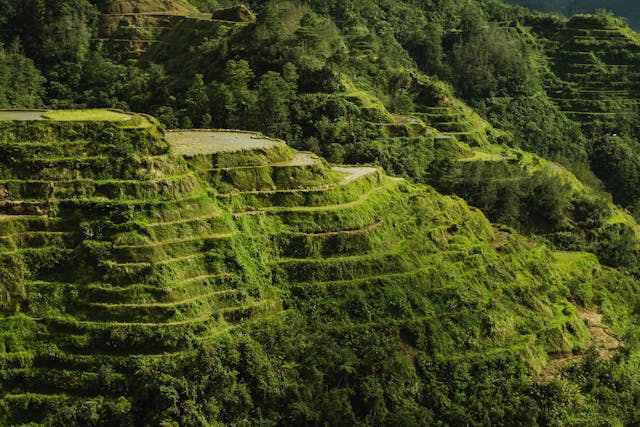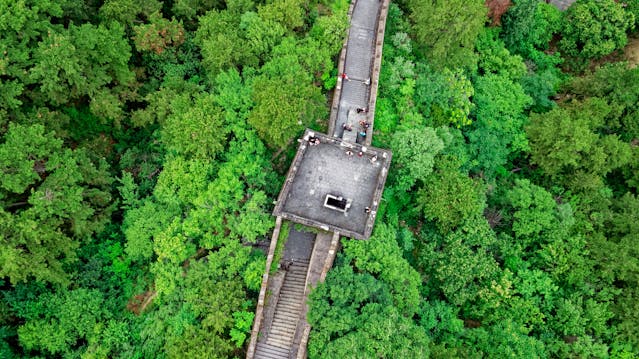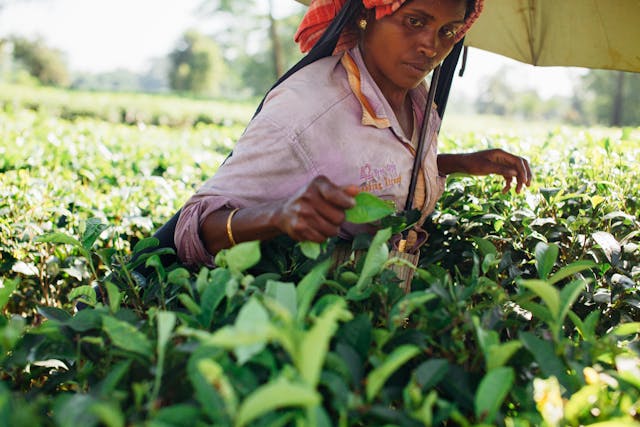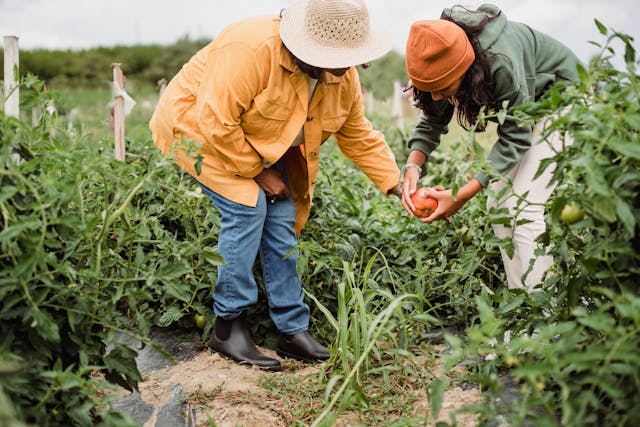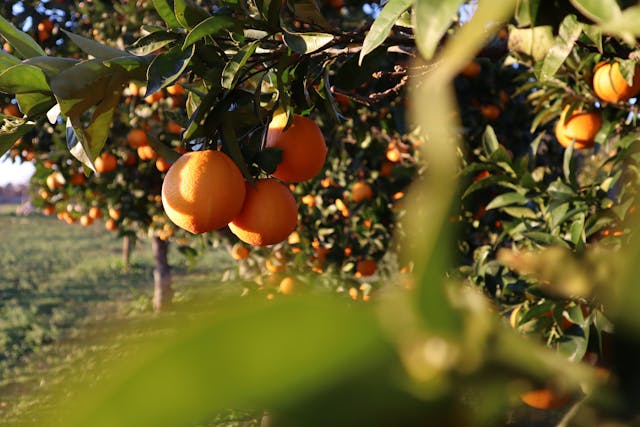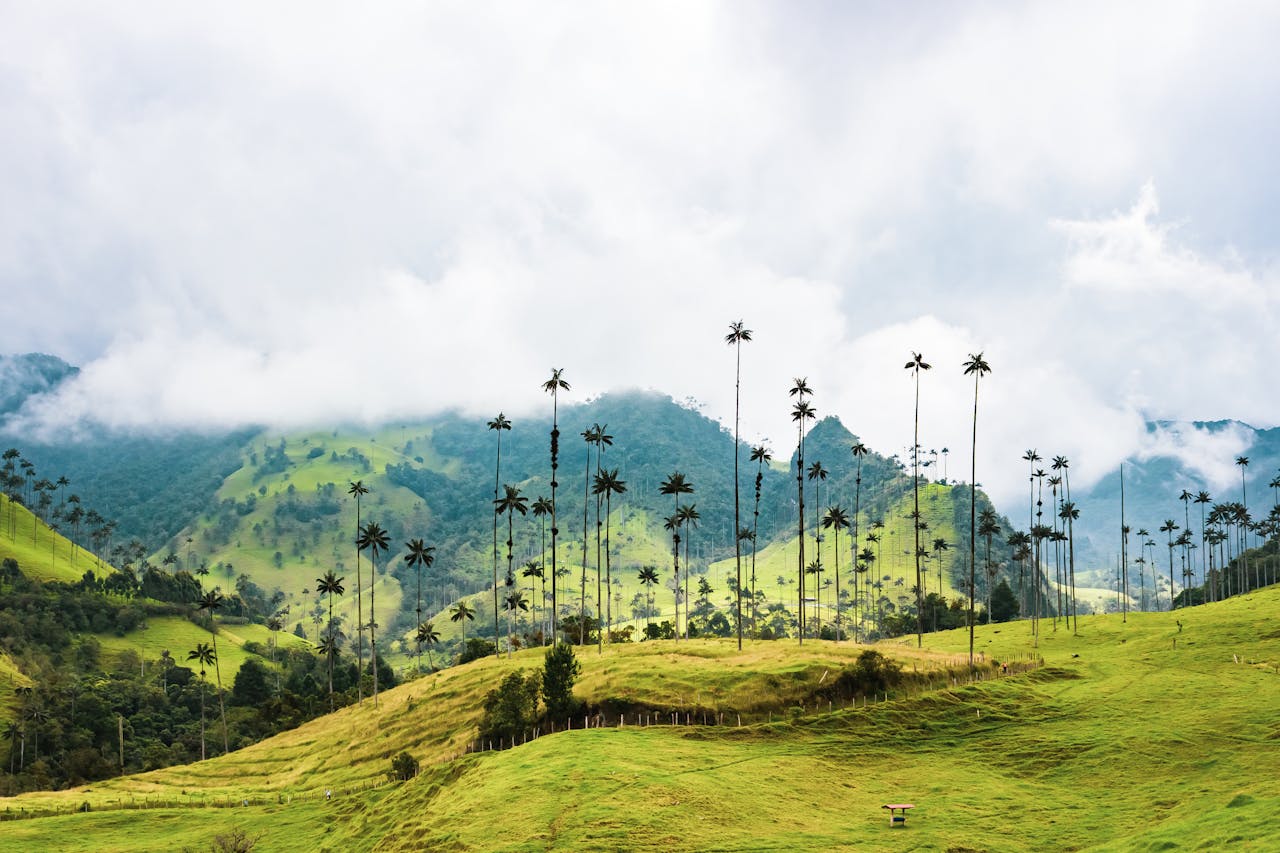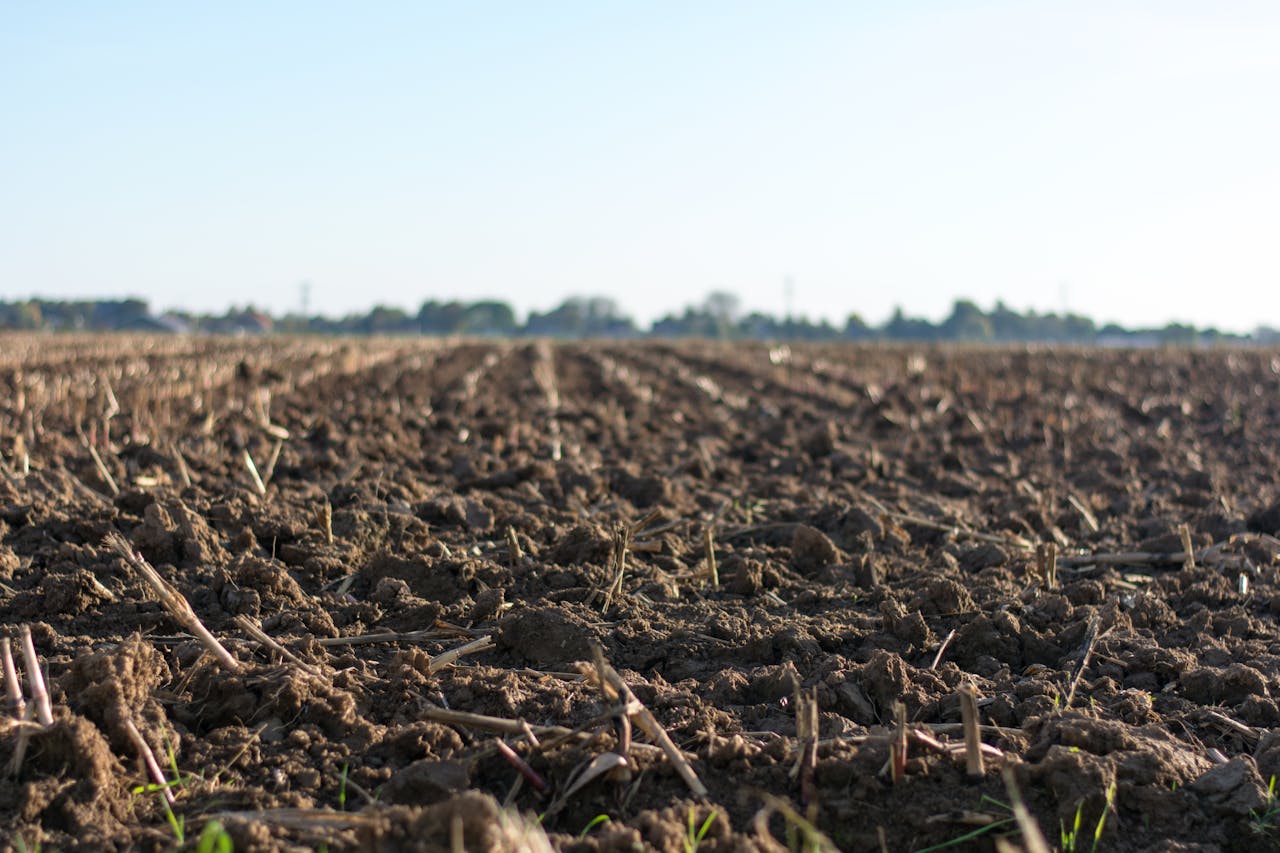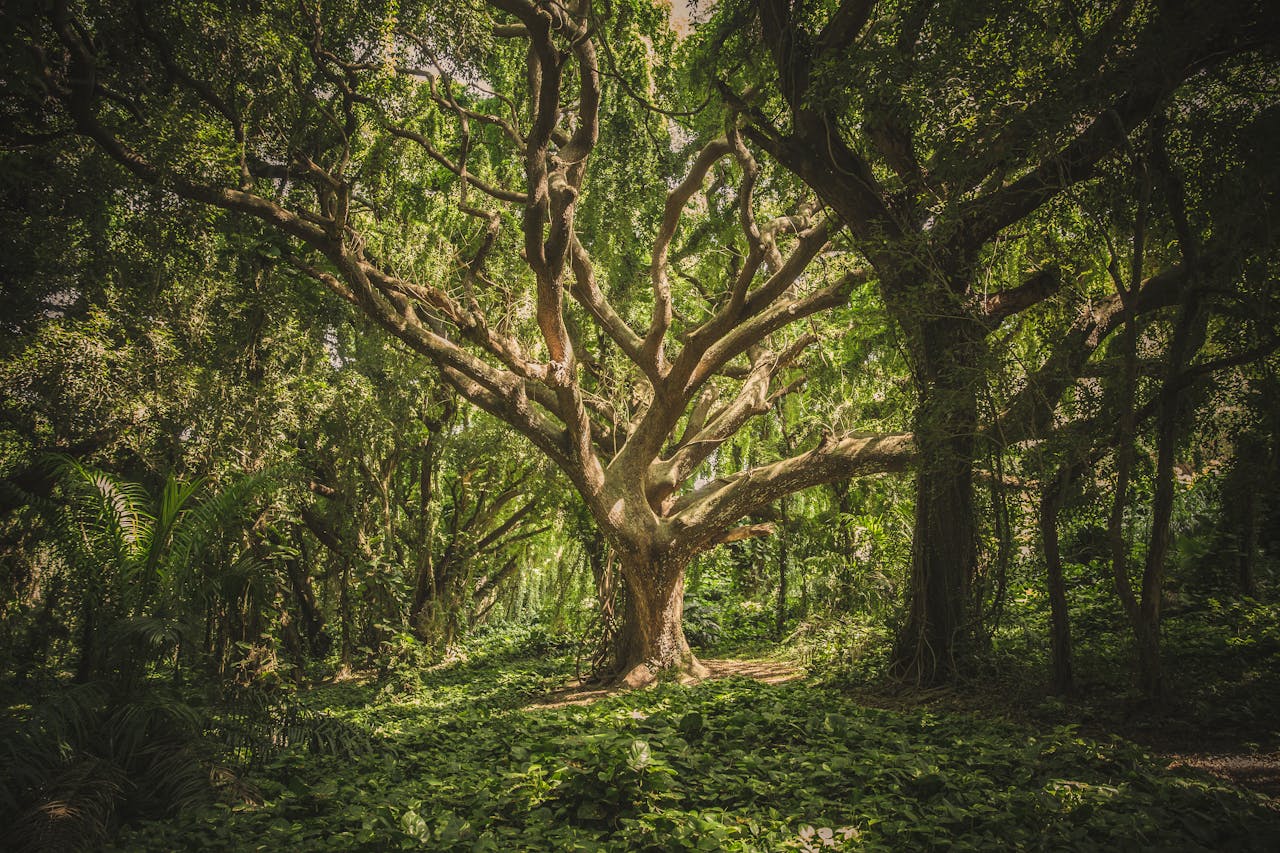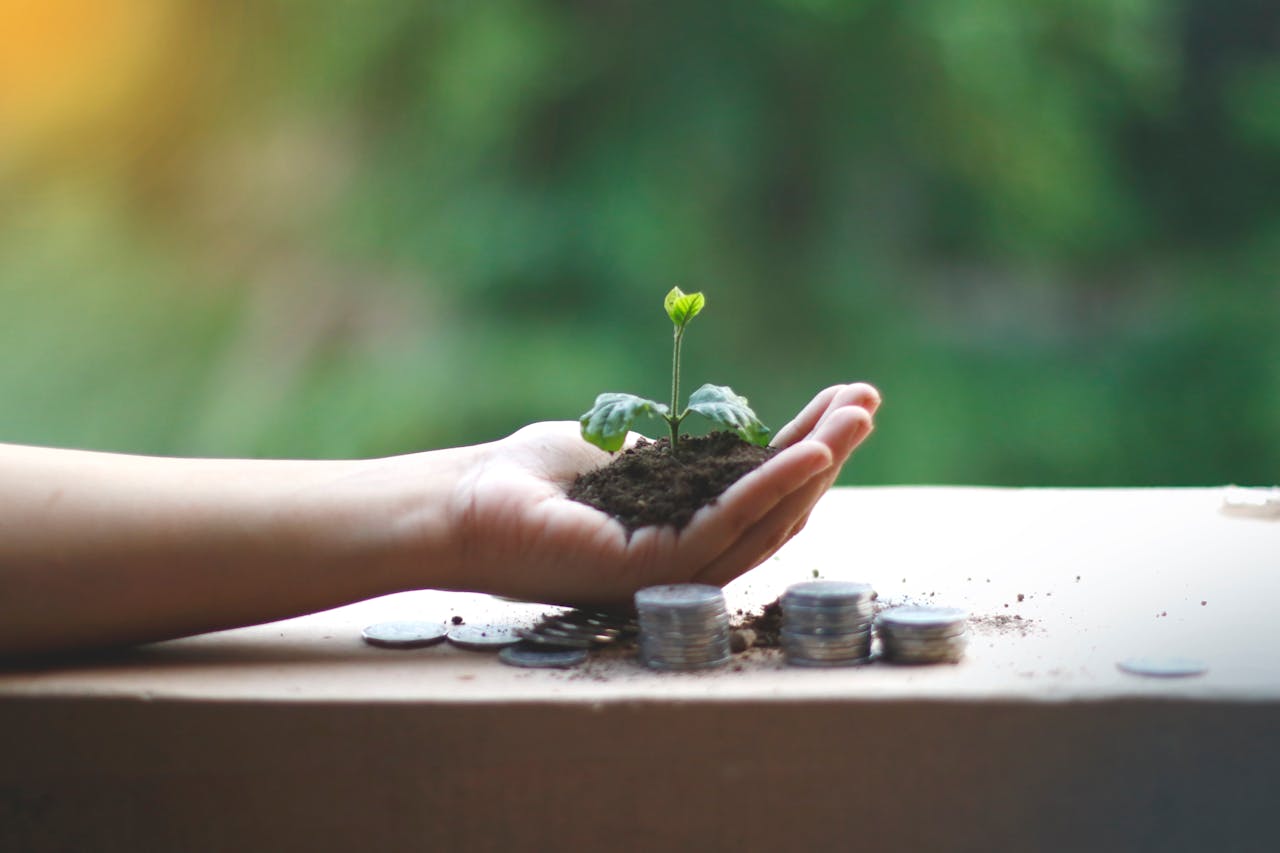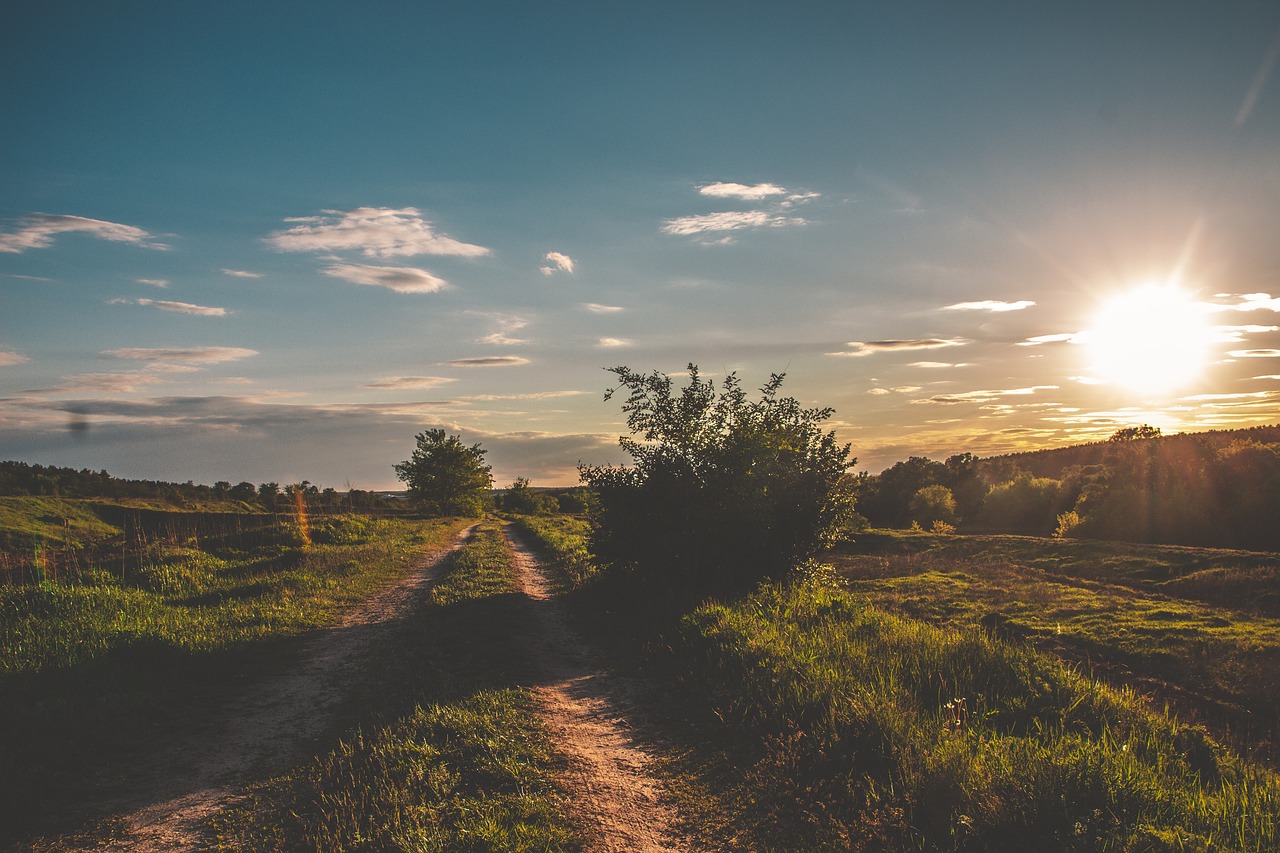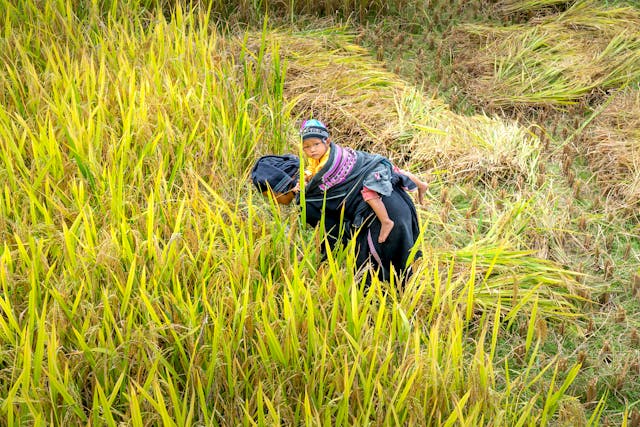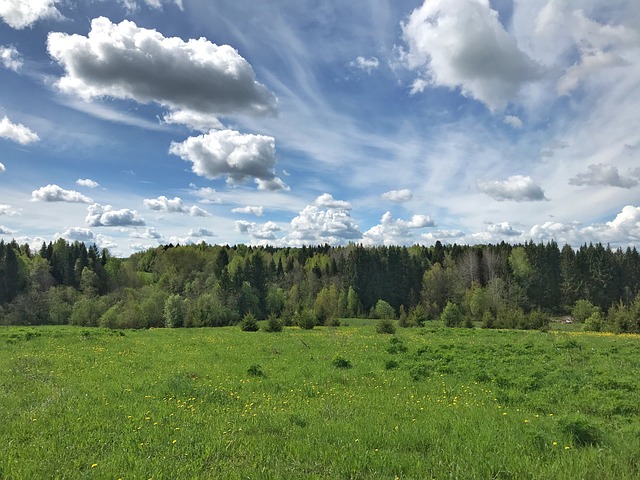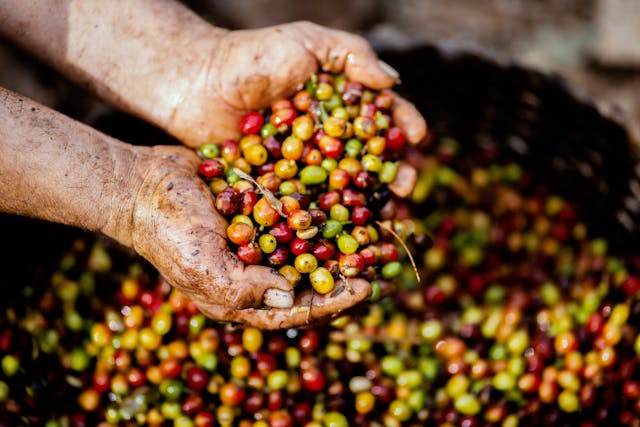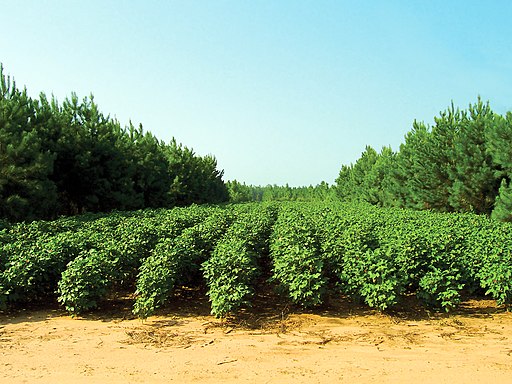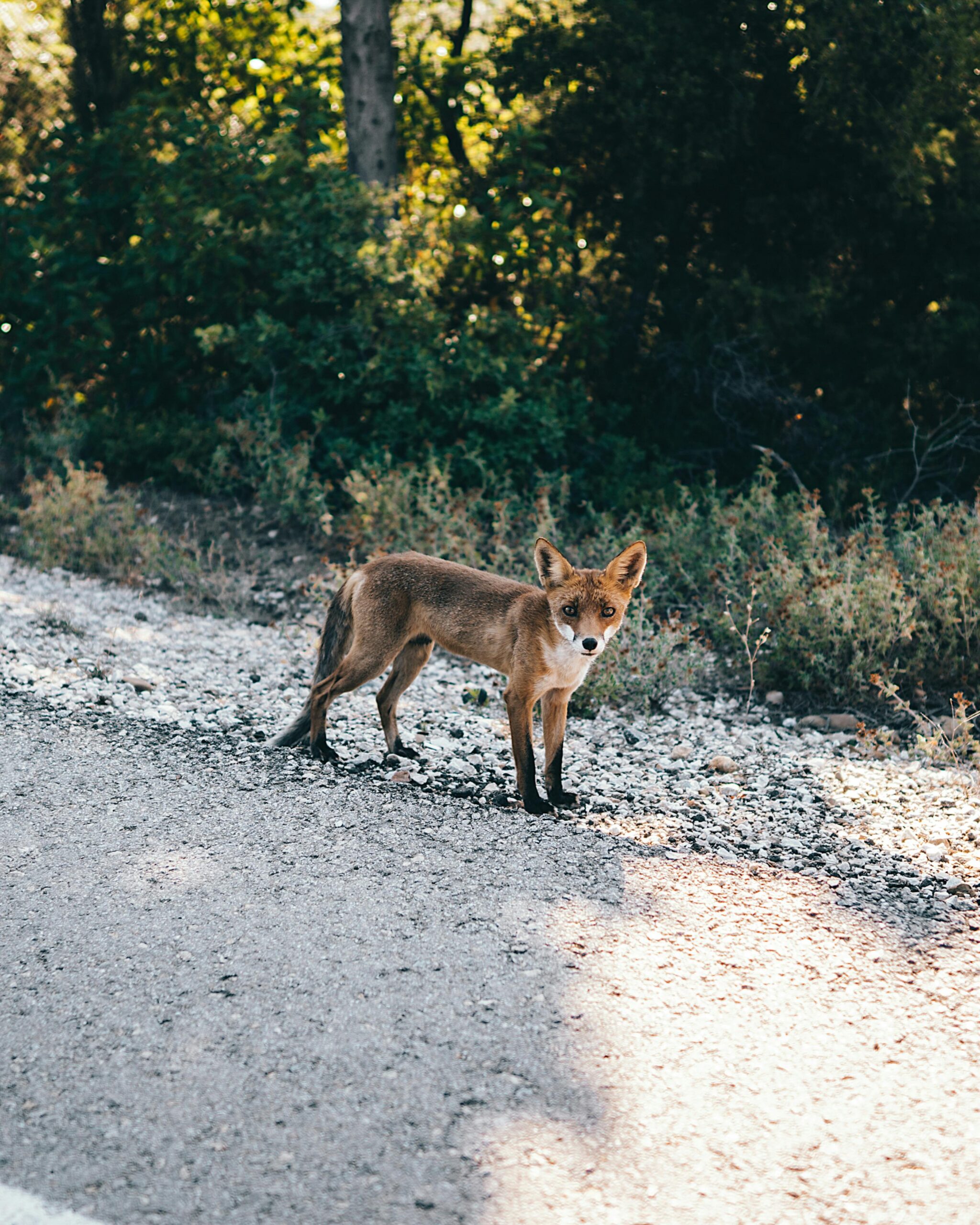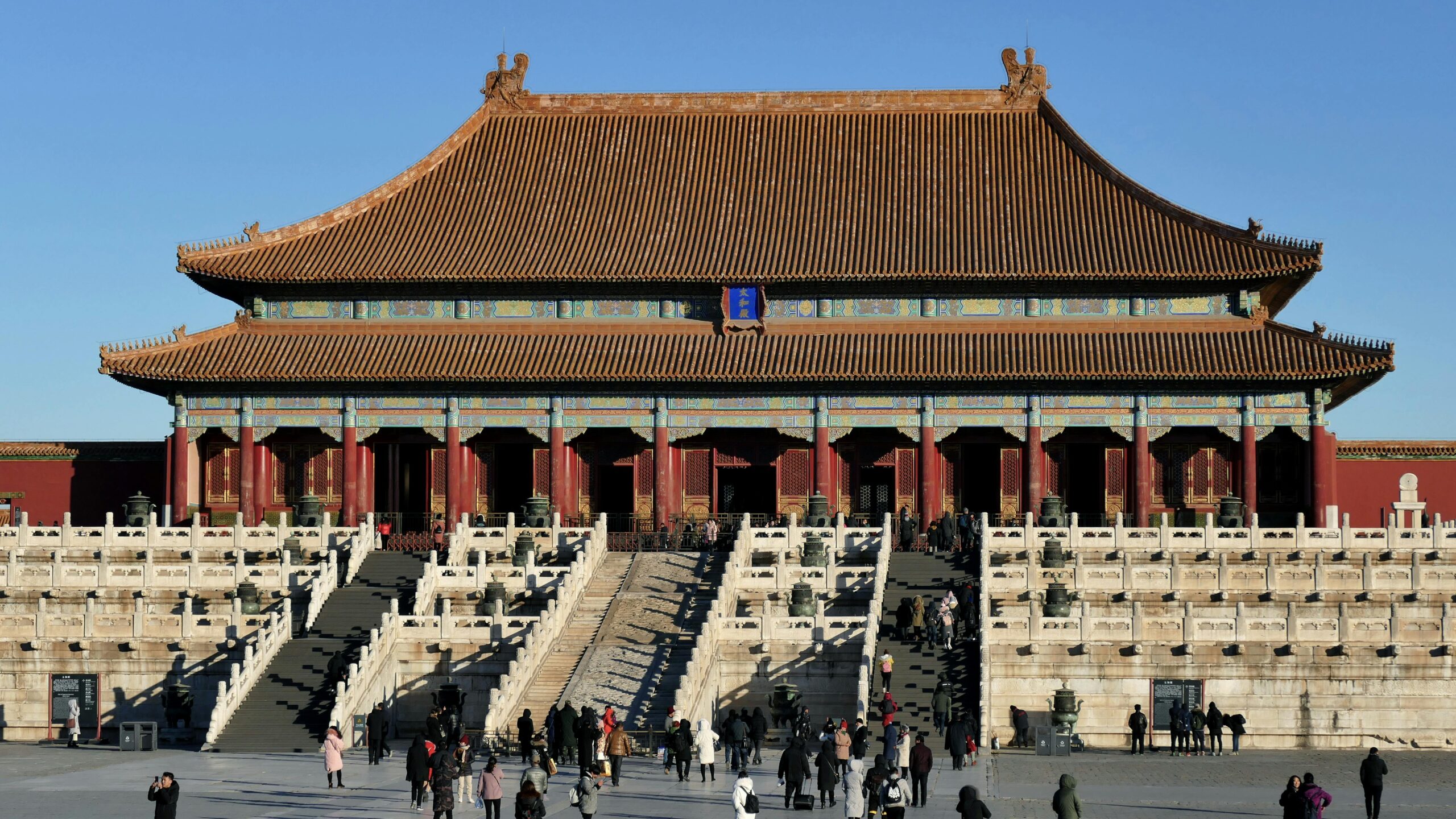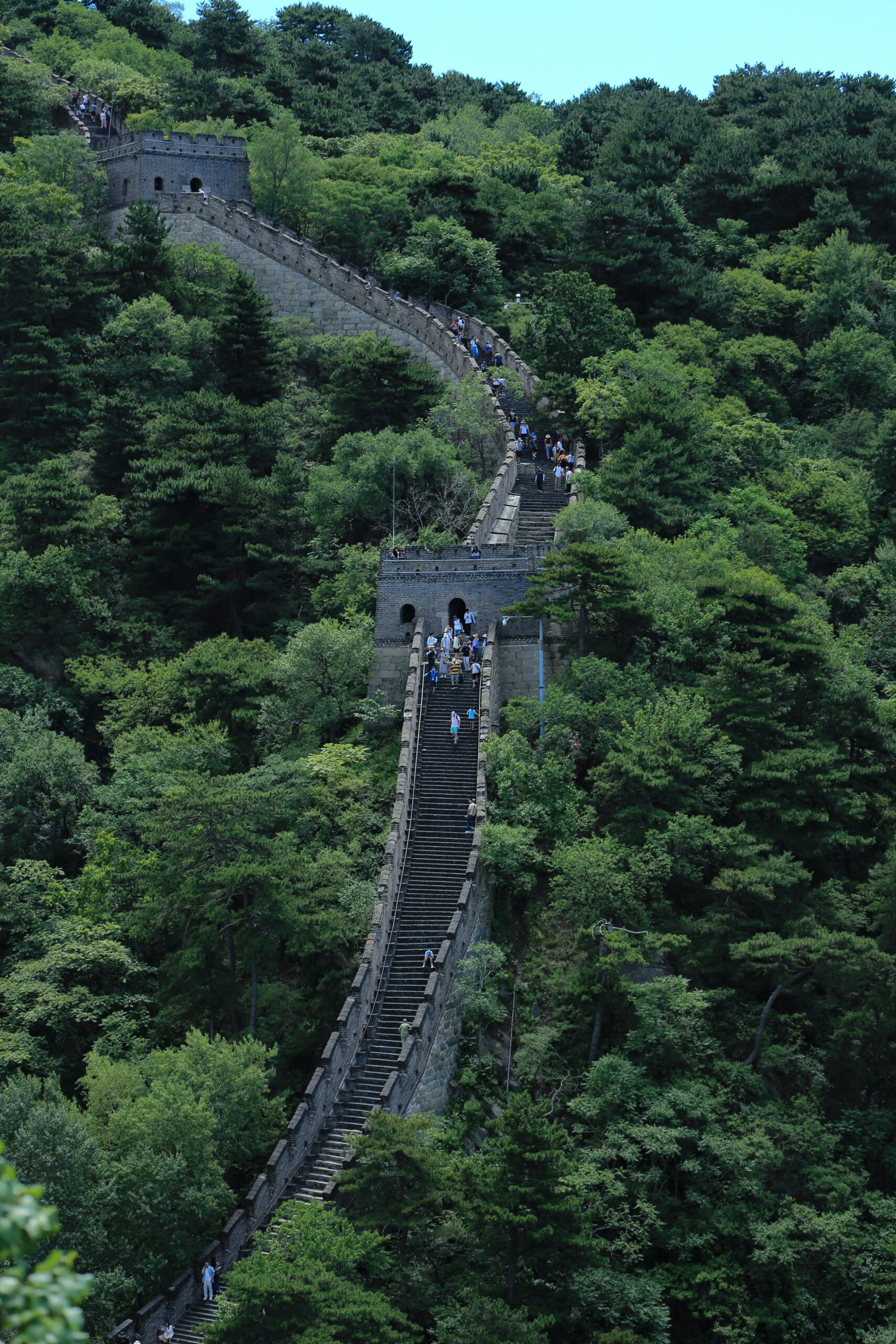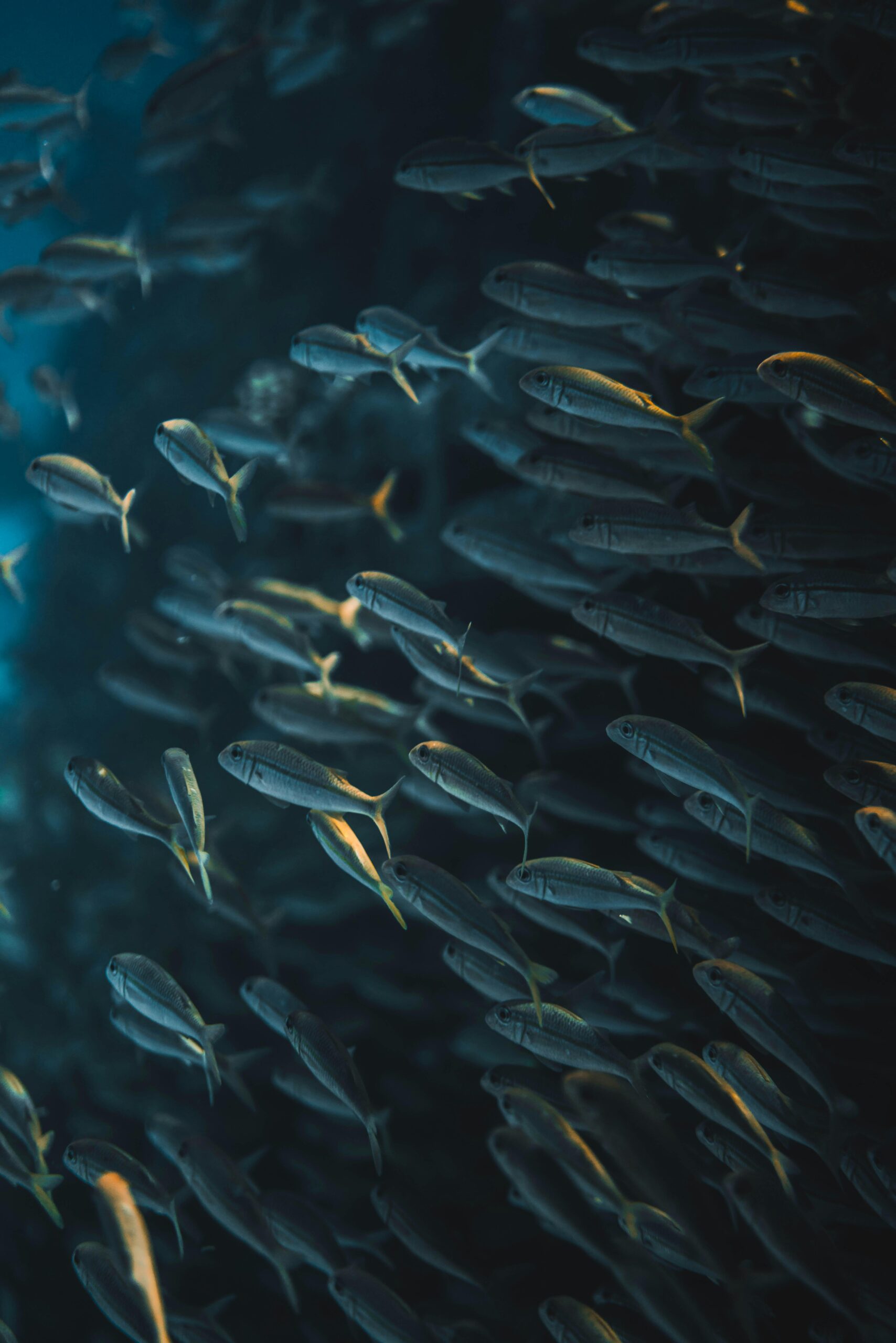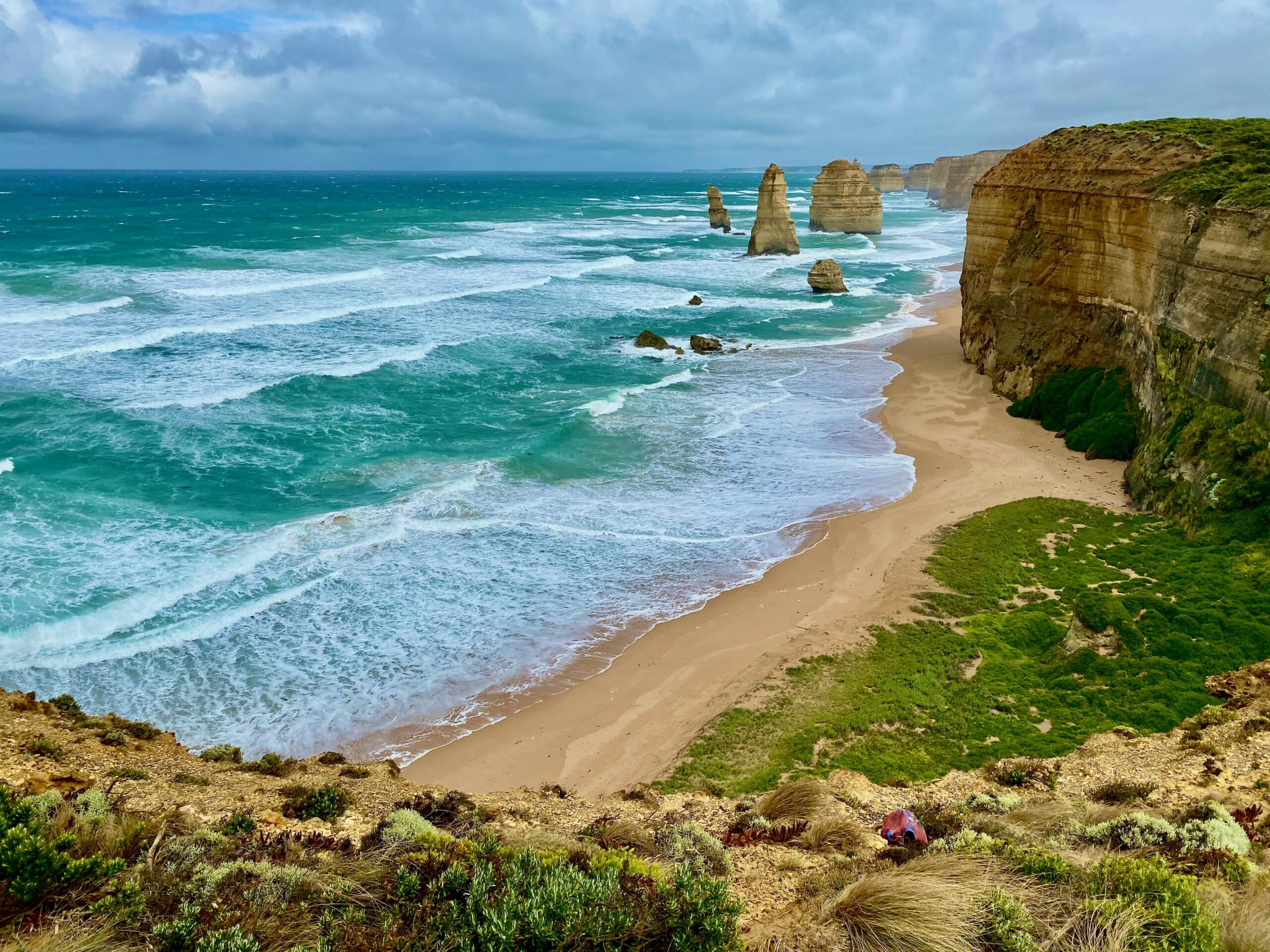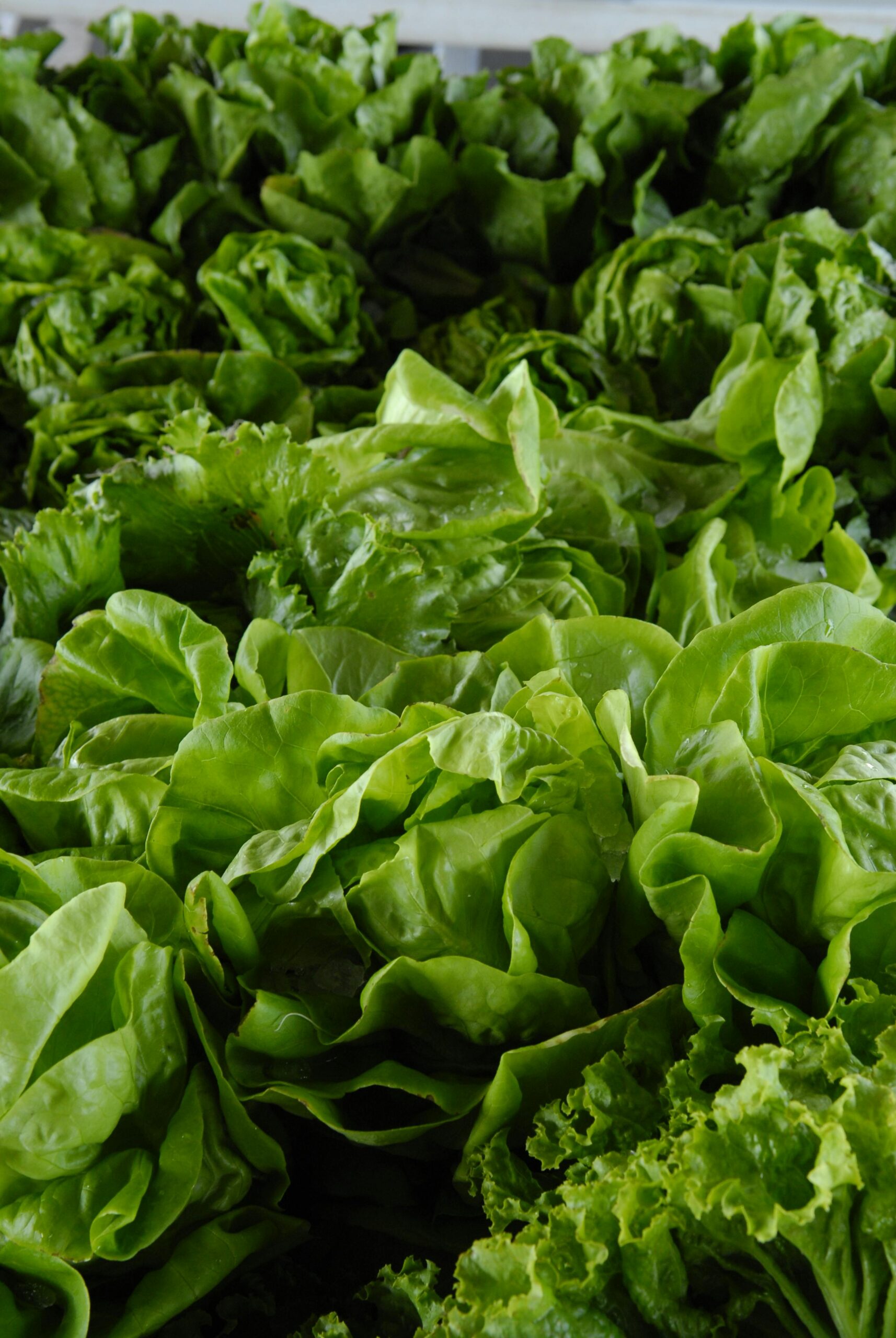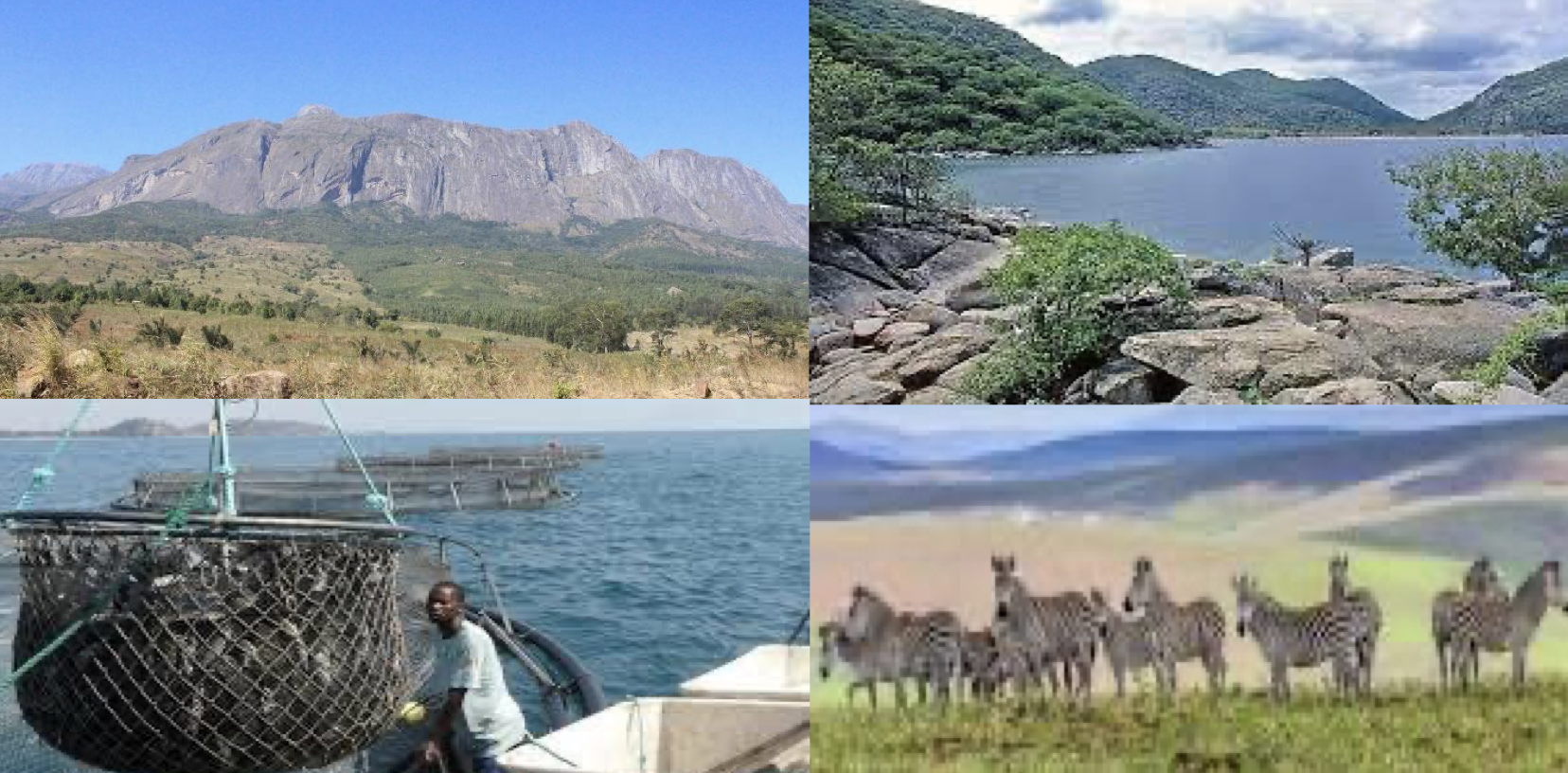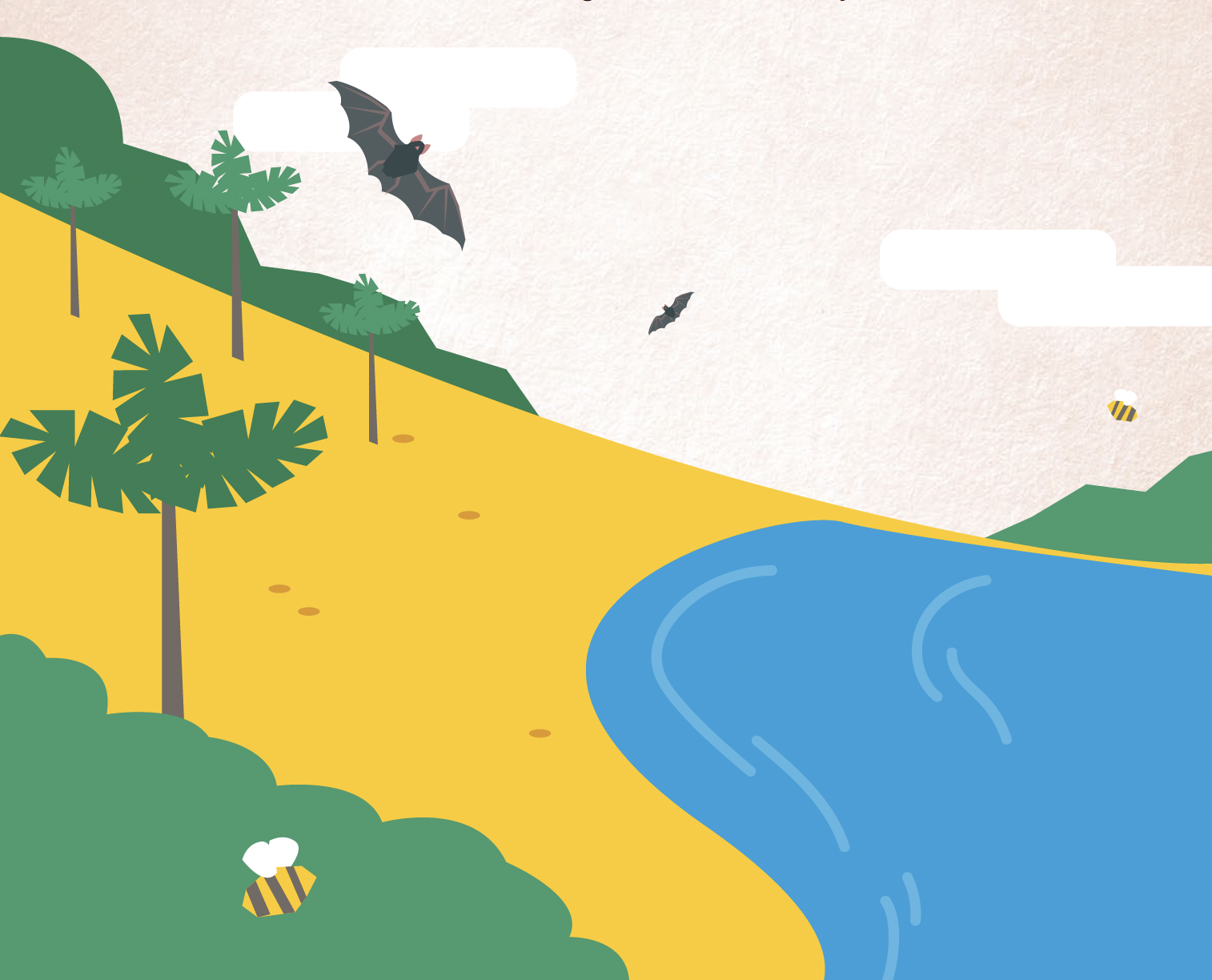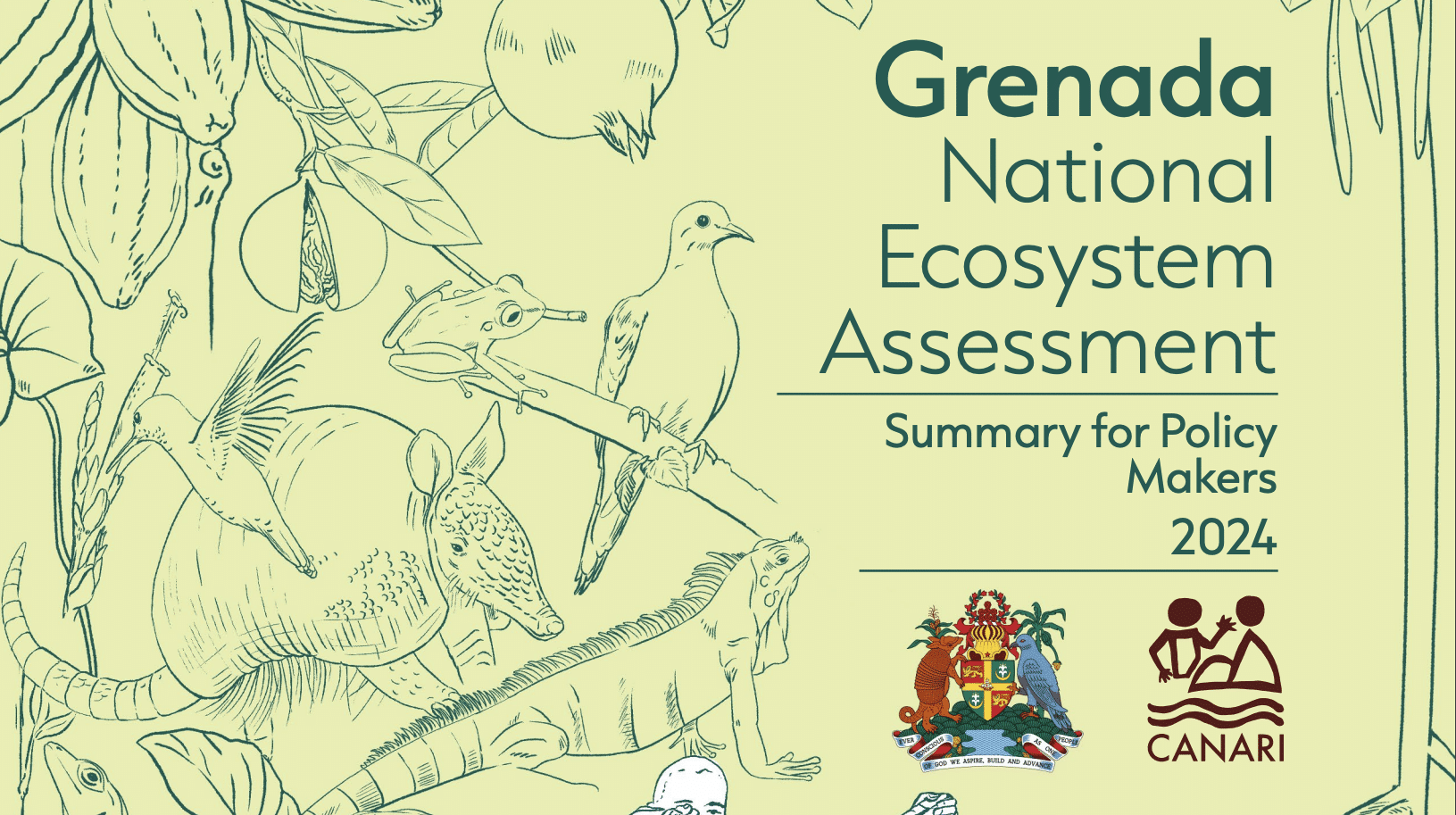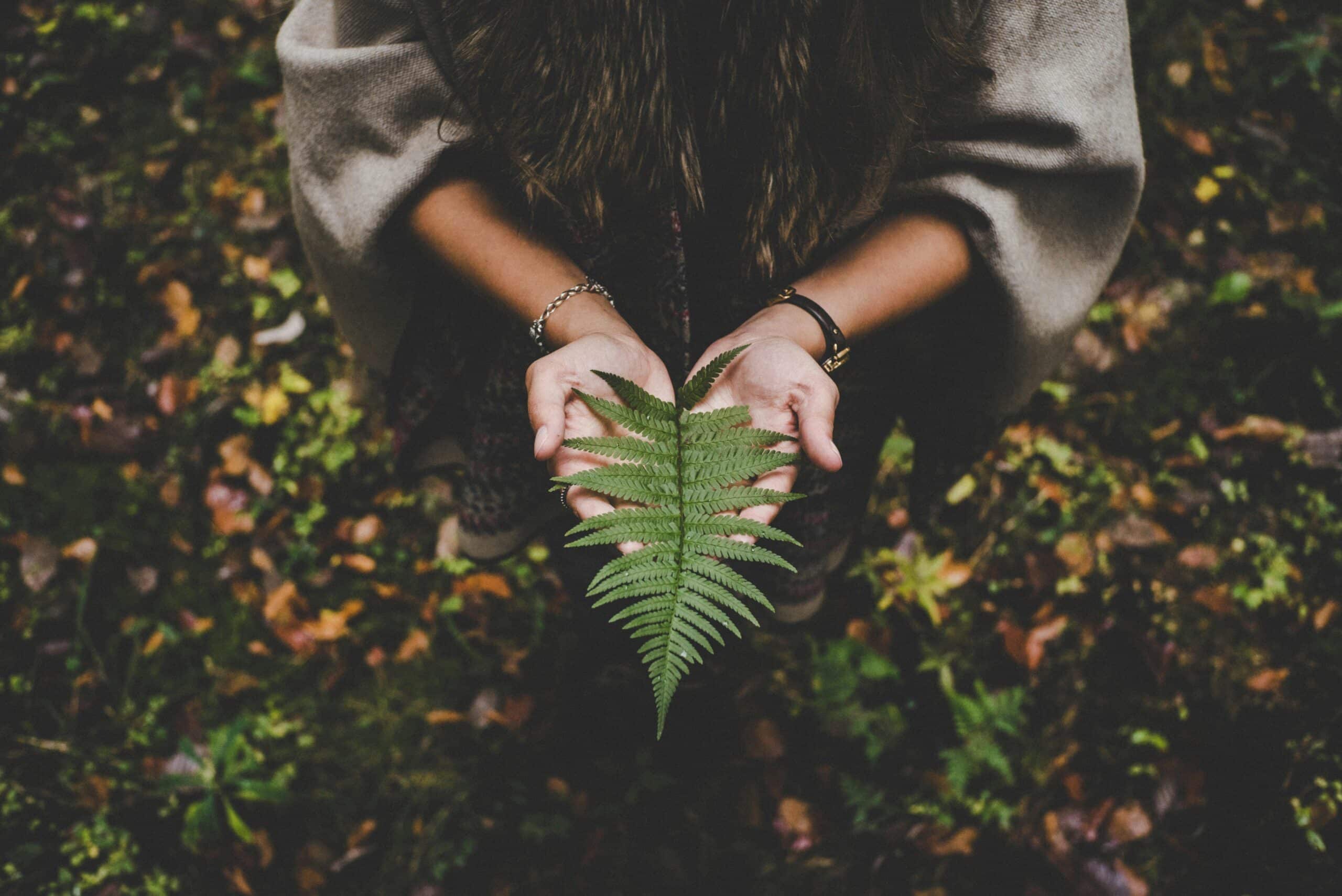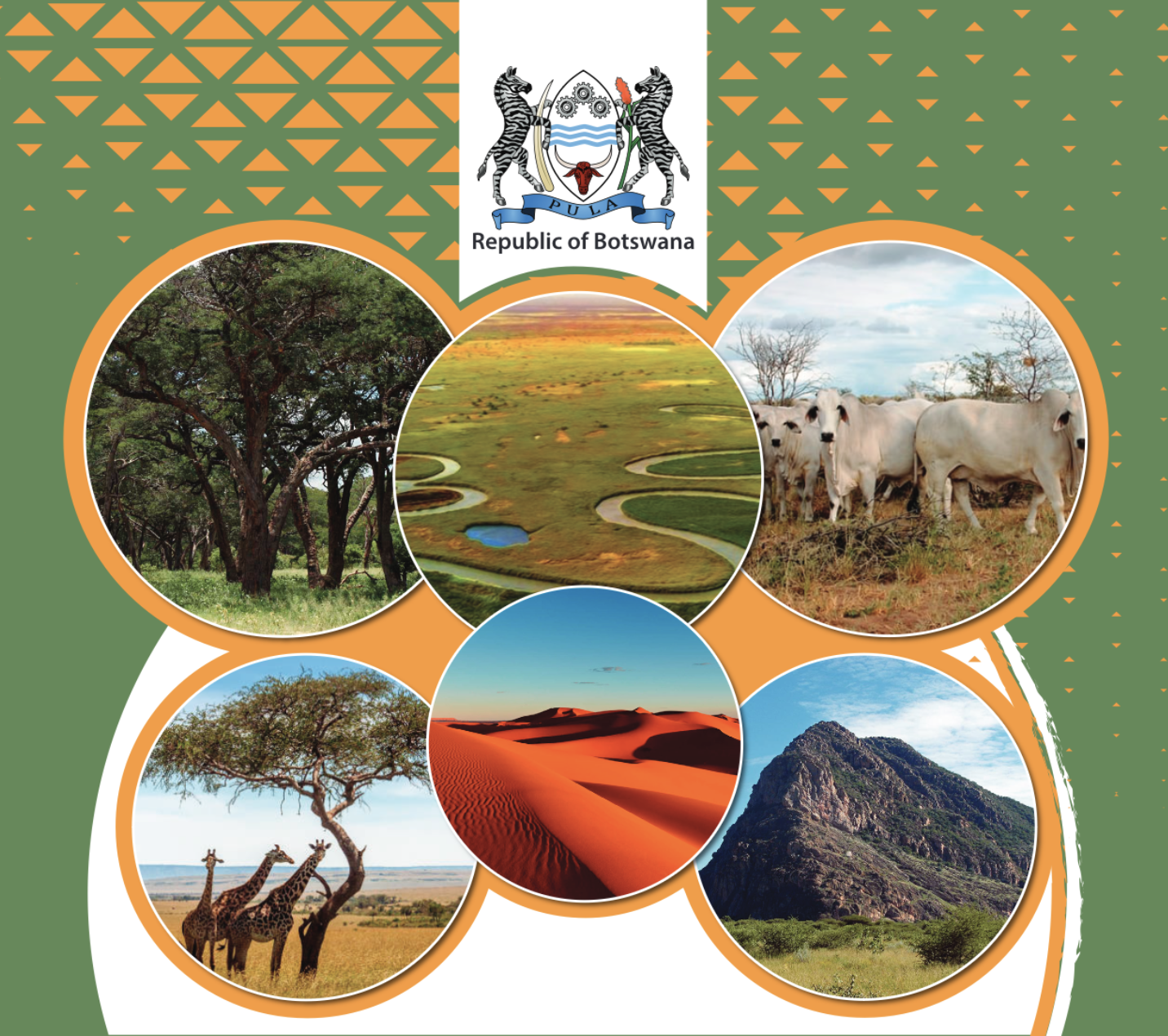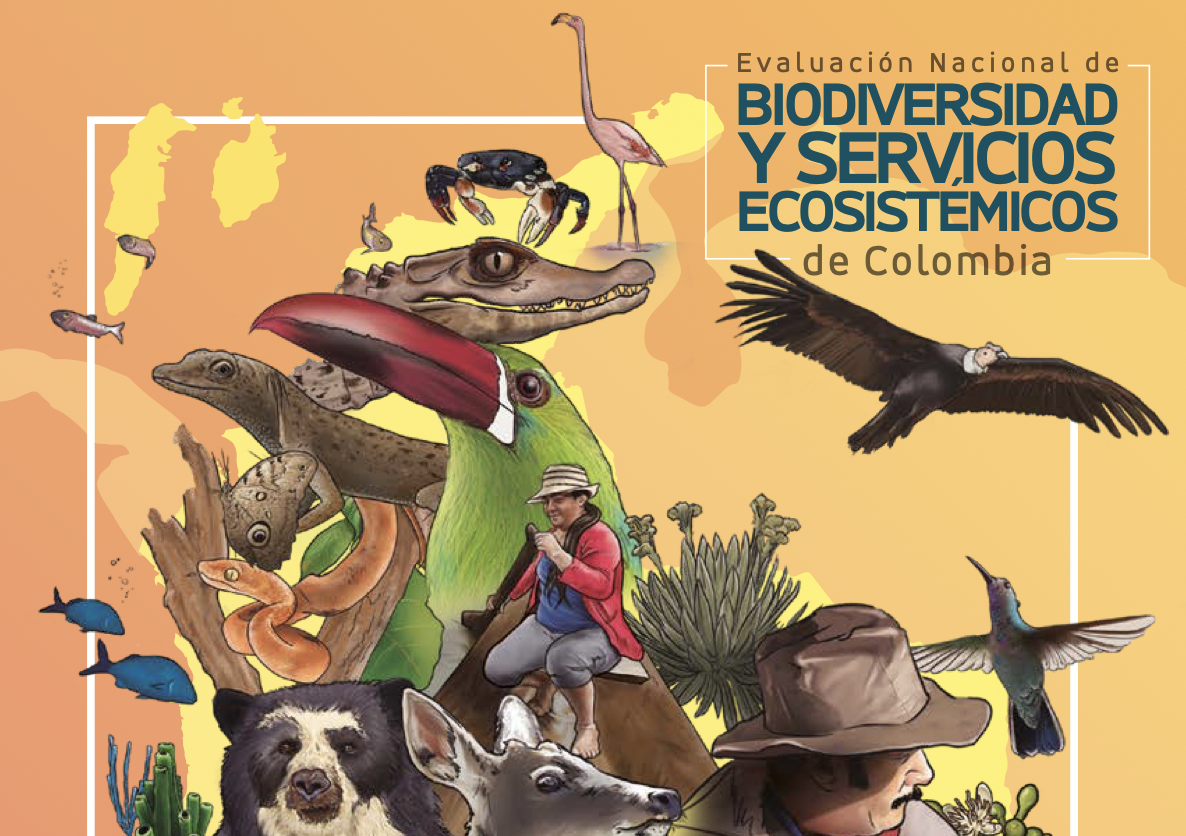One of the greatest challenges in sustainable agricultural production is managing ecosystem services, such as pollination, in ways that maximize crop yields. Most efforts to increase services by wild pollinators focus on management of natural habitats surrounding farms or non-crop habitats within farms. However, mass flowering crops create resource pulses that may be important determinants of pollinator dynamics. Mass bloom attracts pollinators and it is unclear how this affects the pollination and yields of other co-blooming crops. We investigated the effects of mass flowering apple on the pollinator community and yield of co-blooming strawberry on farms spanning a gradient in cover of apple orchards in the landscape. The effect of mass flowering apple on strawberry was dependent on the stage of apple bloom. During early and peak apple bloom, pollinator abundance and yield were reduced in landscapes with high cover of apple orchards. Following peak apple bloom, pollinator abundance was greater on farms with high apple cover and corresponded with increased yields on these farms. Spatial and temporal overlap between mass flowering and co-blooming crops alters the strength and direction of these dynamics and suggests that yields can be optimized by designing agricultural systems that avoid competition while maximizing facilitation
Temporally dependent pollinator competition and facilitation with mass flowering crops affects yield in co-blooming crops
Year: 2017





















































































































































































































































































































































































































































































































